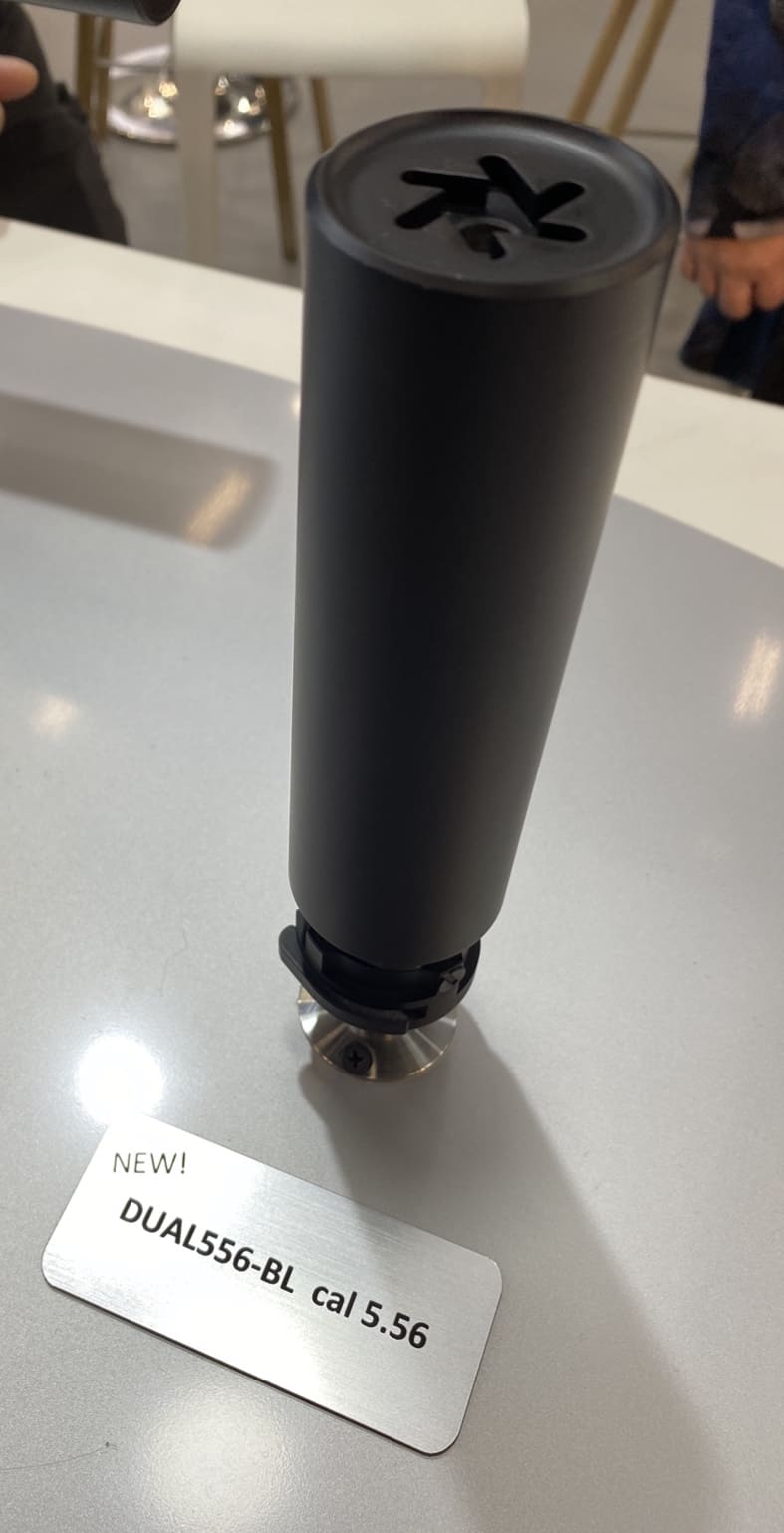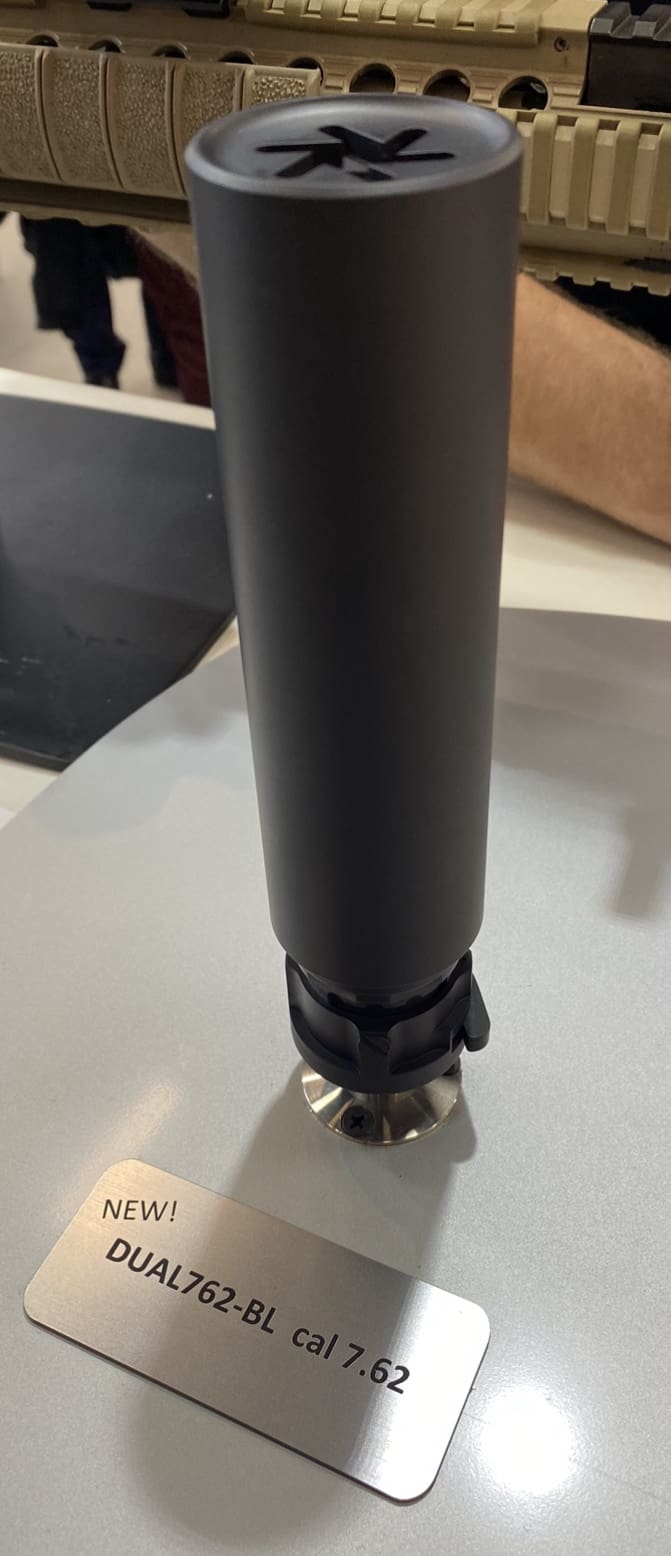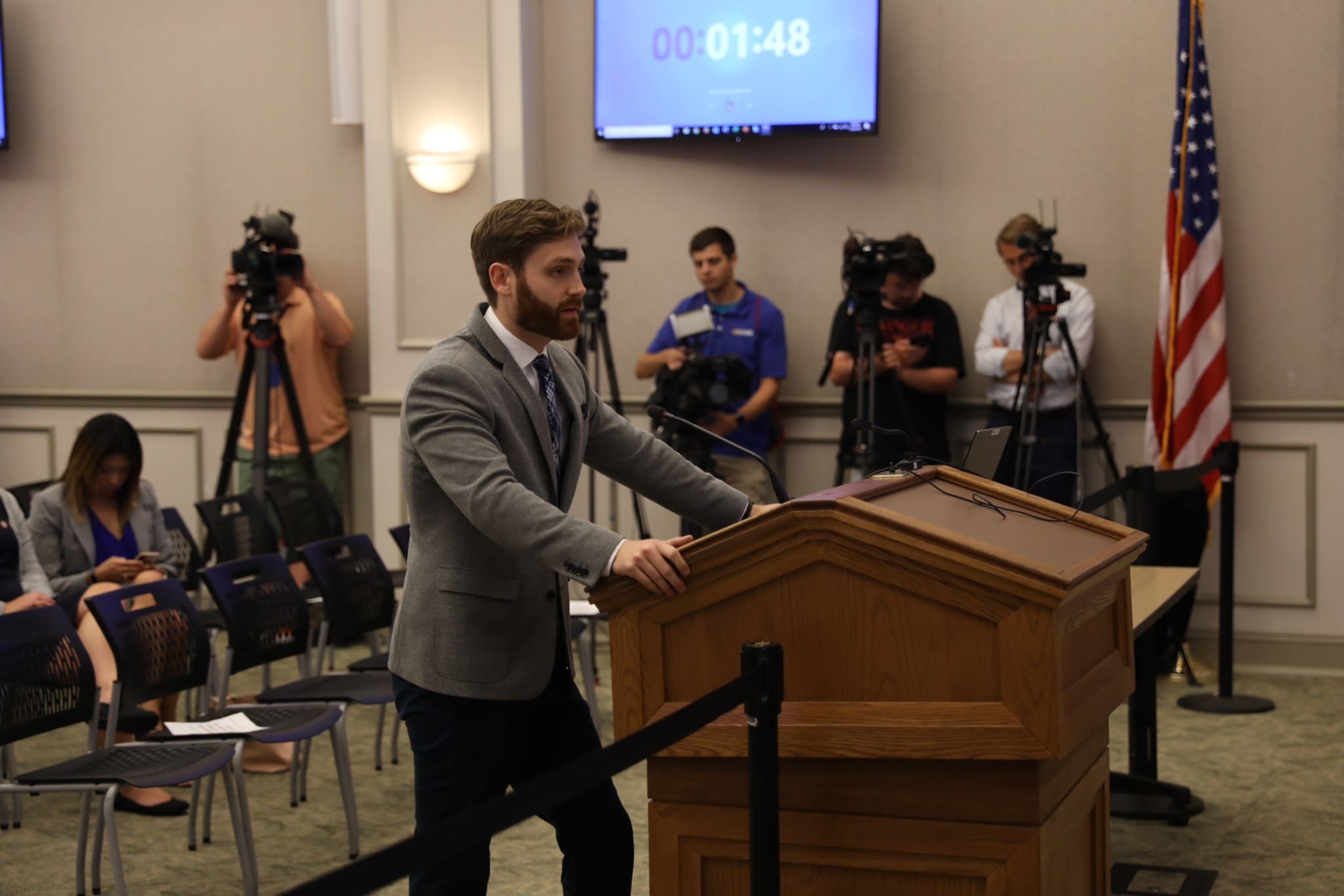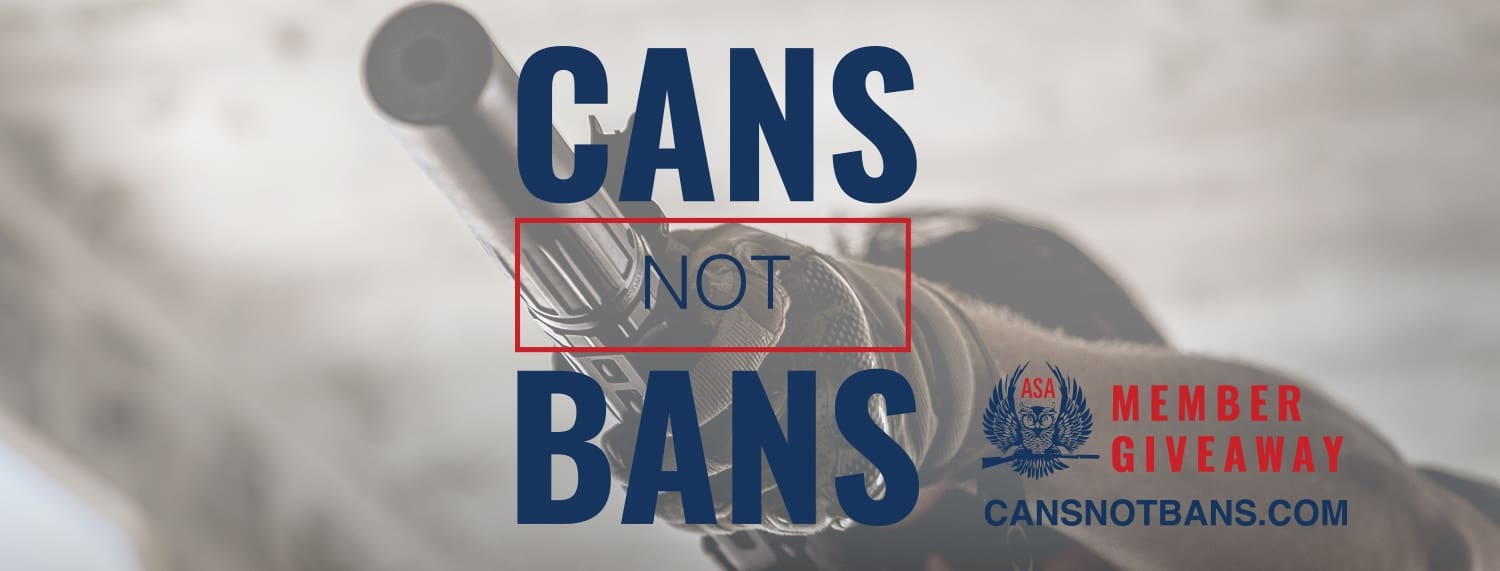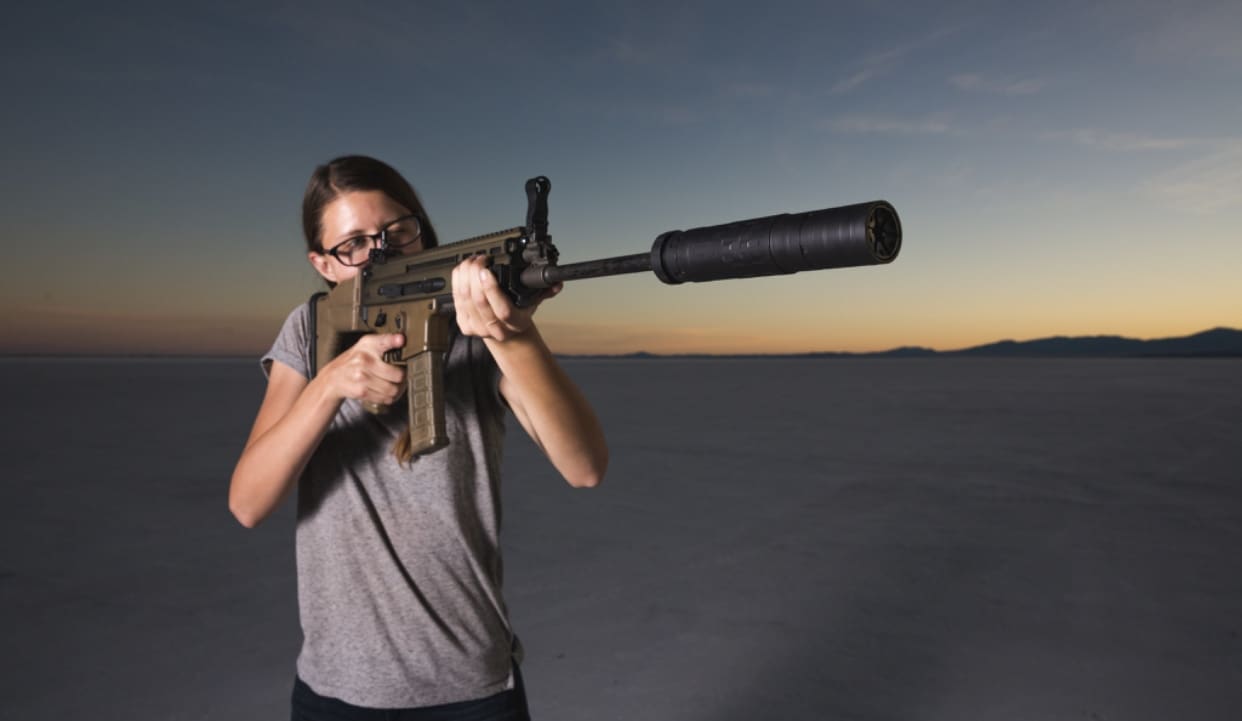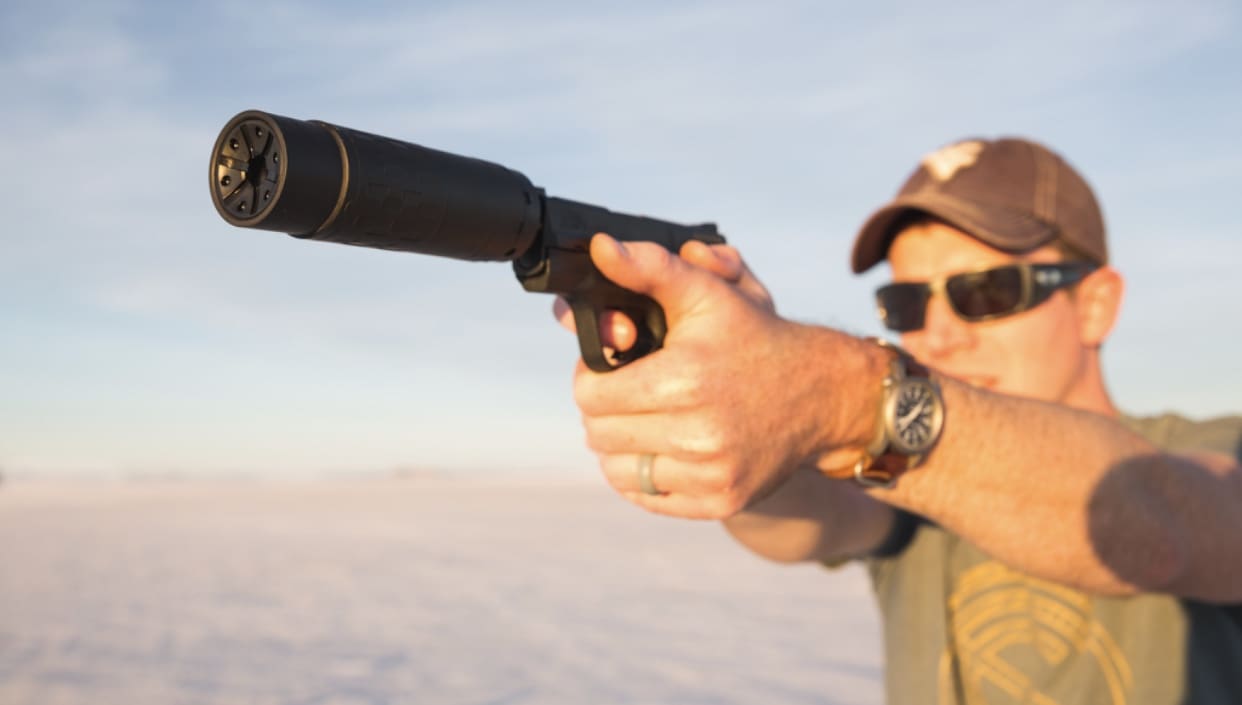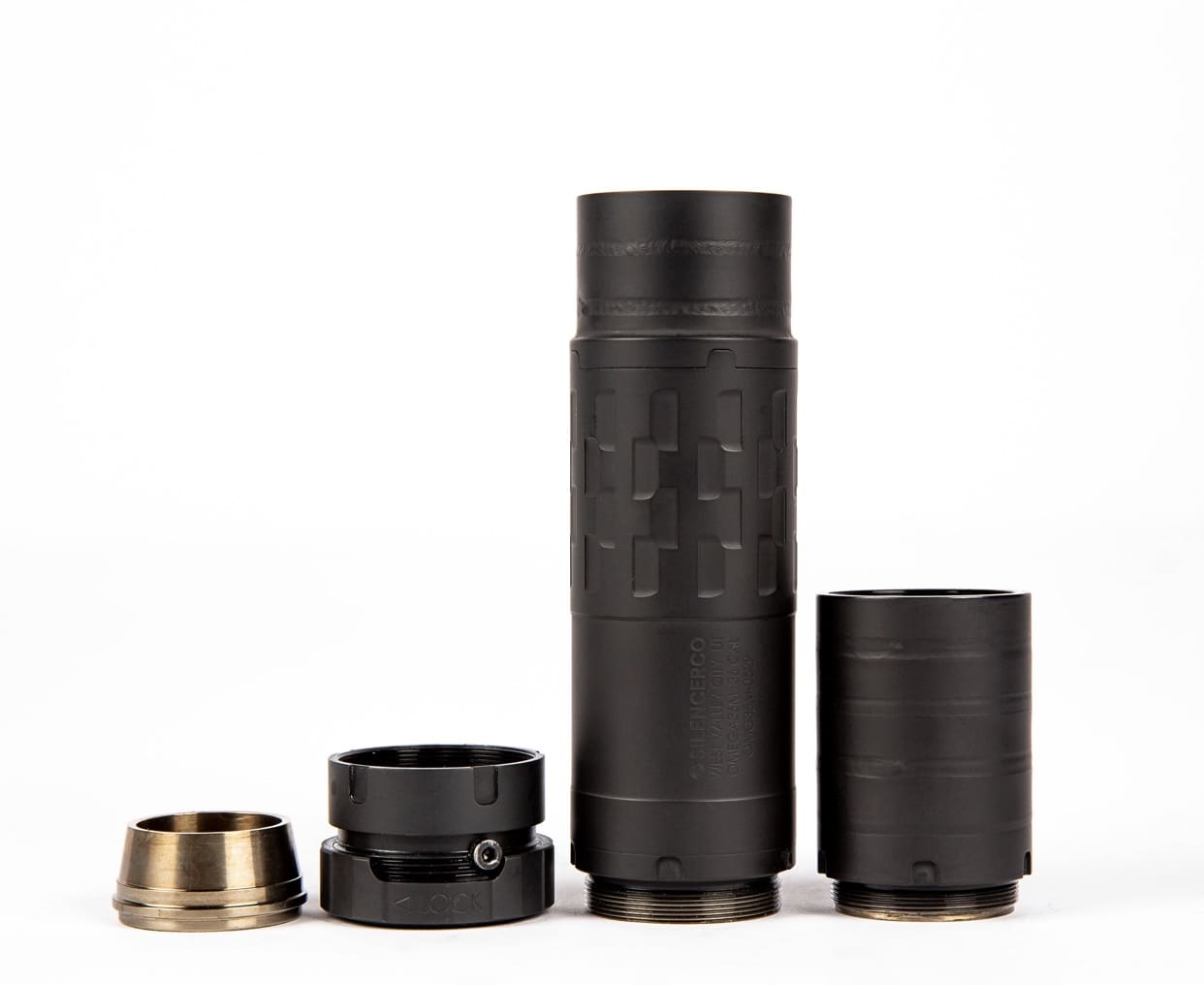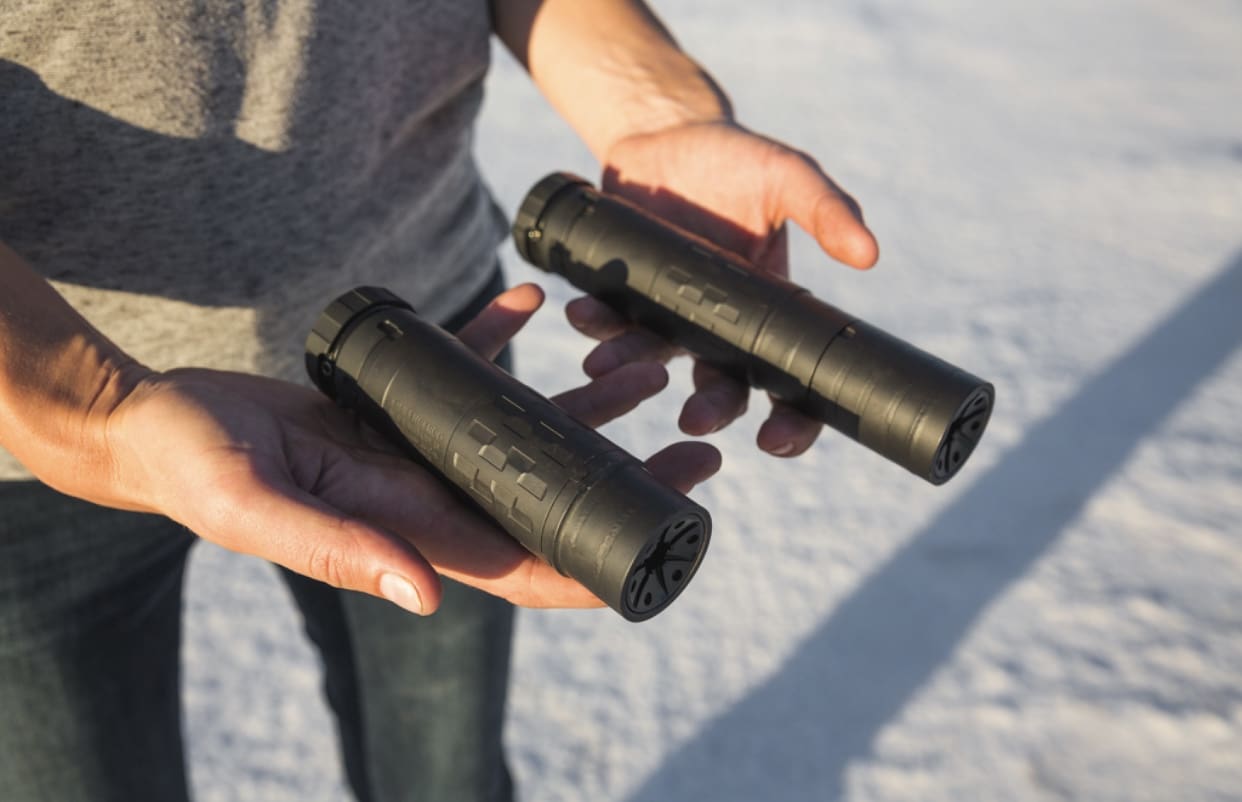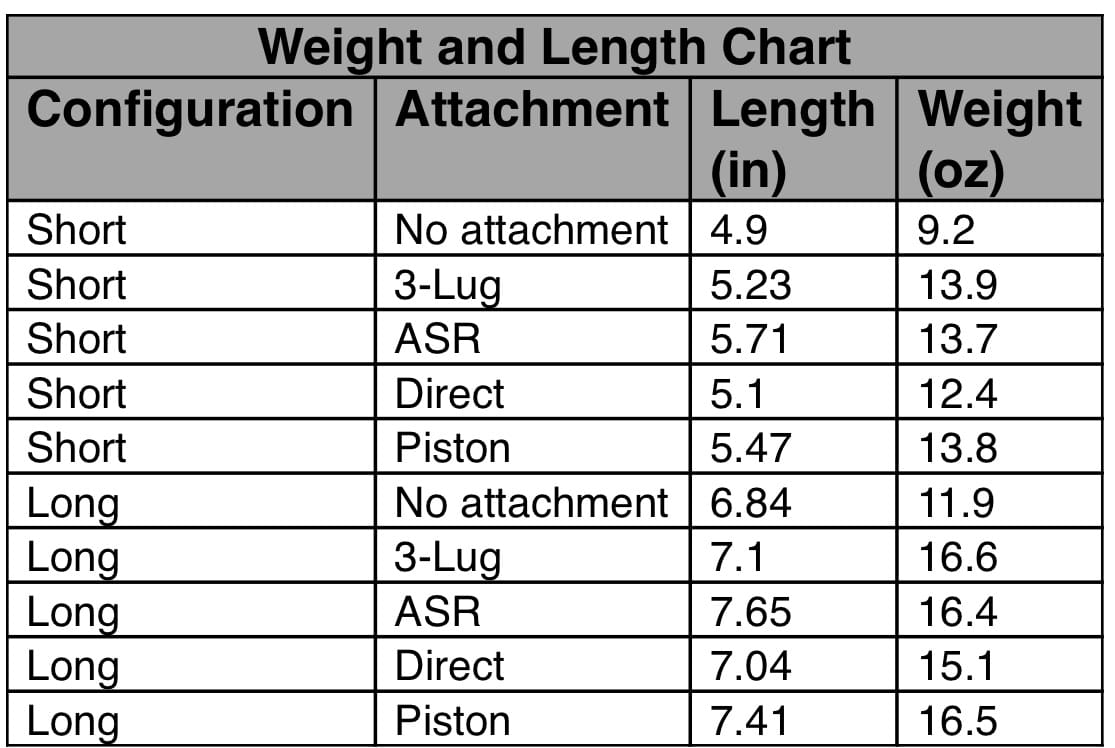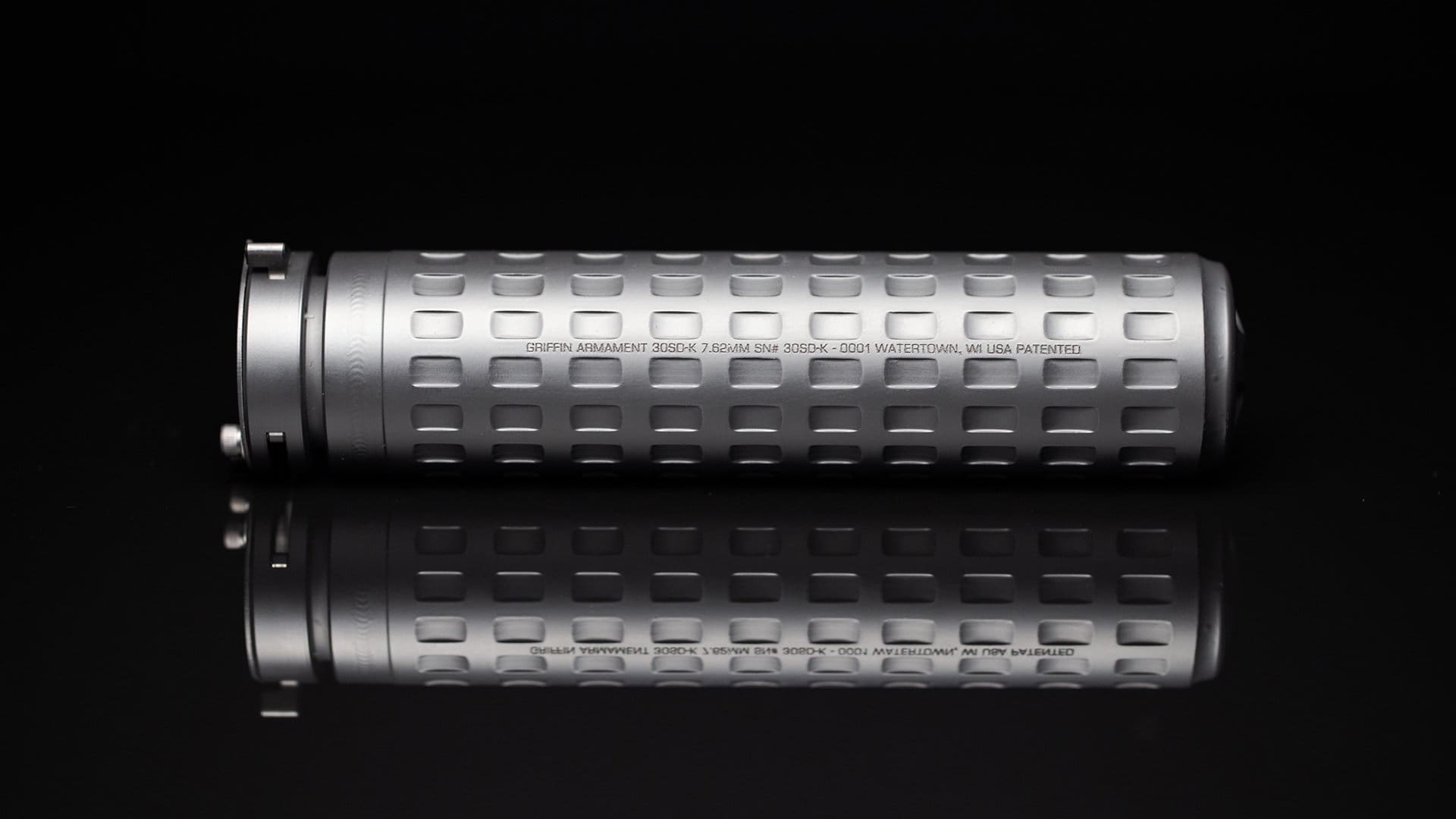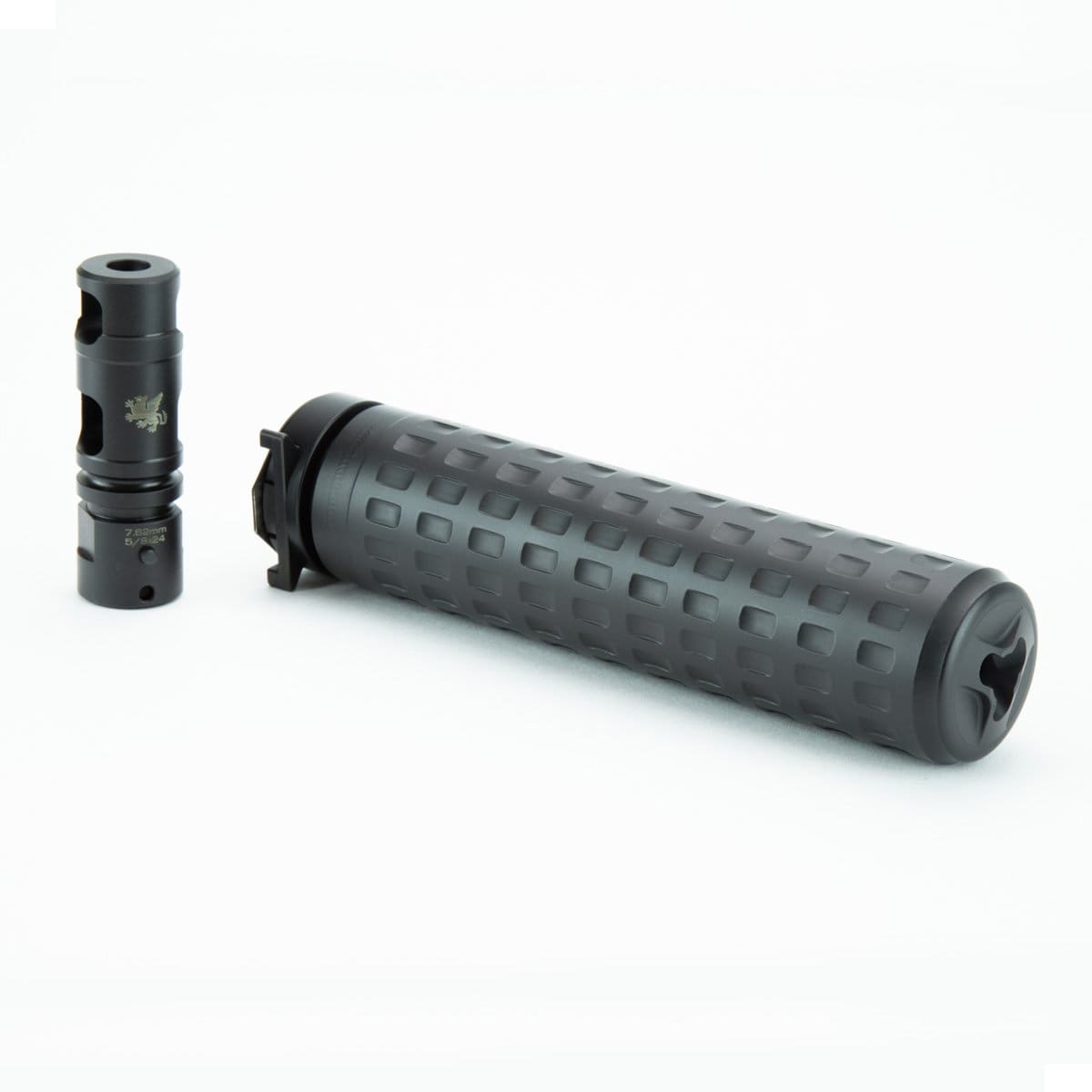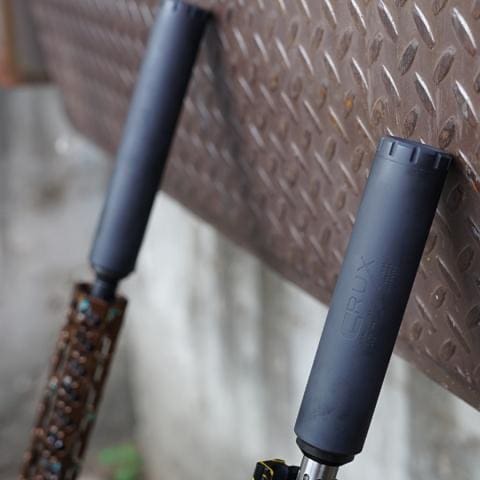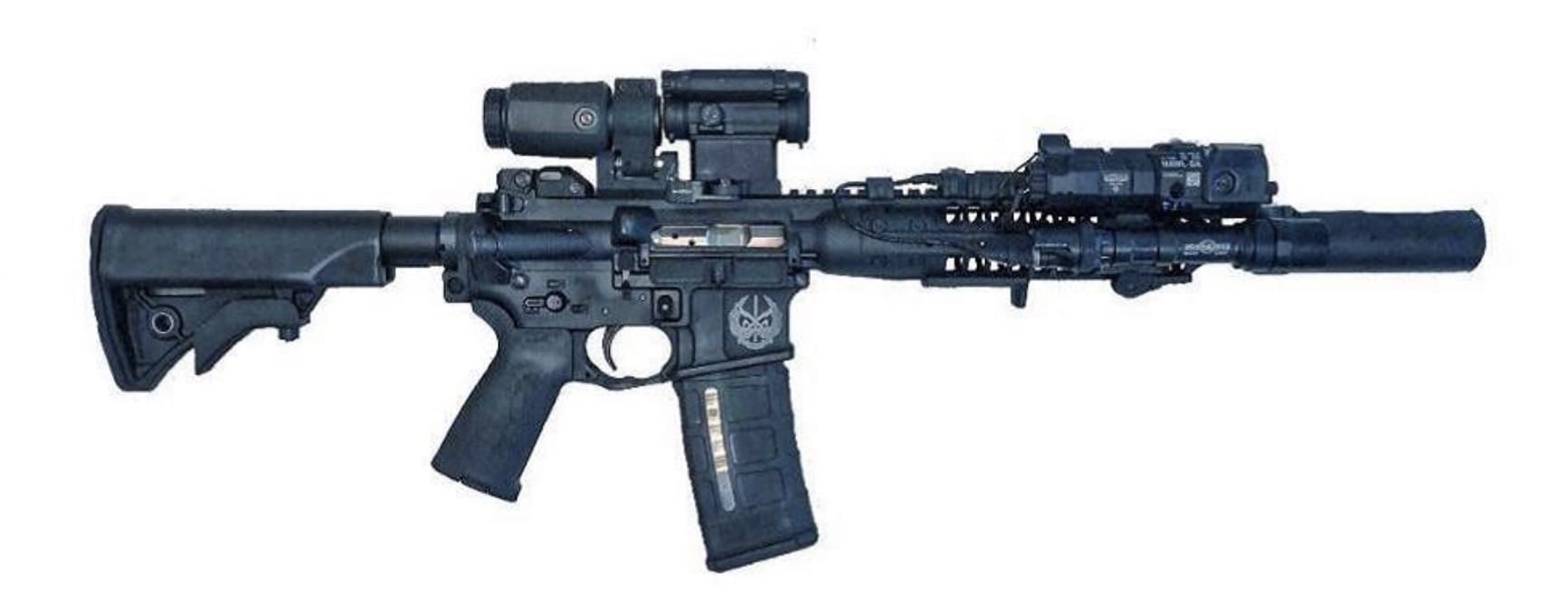
Elite Tactical Unit fields first completely new weapons and components upgrade in departments’ history.
Cambridge, MD (November 8, 2019) – LWRC International, the leader in piston driven carbines and rifles, is honored to have been chosen, and fielded as the duty carbine for the Dallas, Texas SWAT Team.
In an official statement released today- ” The Dallas Texas Police Department SWAT team has selected and fielded the LWRCI IC-A5 carbine. The entire carbine setup was the first time in the departments history to obtain factory new weapon and components, identified, tested and selected by its team members, and delivered as a complete kit.”
Dallas SWAT Team members conducted long and rigorous testing on each component from several companies over a nearly 2 year review process. At the end of that process they chose the LWRCI IC-A5 Individual Carbine in a 10.5″ barrel configuration as its issued carbine for their elite tactical unit.
The IC-A5 is built on the patented LWRCI short-stroke gas piston system that offers unparalleled reliability and easy maintenance. Dual Control fully ambidextrous lower receiver includes bolt catch and release, magazine release and fire control access from both sides of the IC-A5 make it a versatile option for any operator. A low profile 2 position adjustable gas block allows the operator to compensate for running a suppressor.
Key accessory components were also included in the testing process. Dallas SWAT chose the Aimpoint CompM5 red dot as their primary sighting system, a Surefire SOCOM Mini II suppressor, the Surefire M622 Ultra SCOUT Light and the MAWL-DA visible / IR laser aiming and illumination device from B.E. Meyers to complete the package.
The team members who tested and chose the system issued this statement to those who made this possible. “Thank you to the citizens of Dallas who donated the funds to the Team foundation that ultimately paid for the purchase. This outstanding rifle package was entirely privately-funded and donated to our Dallas SWAT officers. We cannot thank those outstanding civic leaders and their associations enough for their enthusiasm to support us and make this rifle a possibility.”
“At this time, we are going leave these special donors remain anonymous, but you know who you are.” They also wished to express their gratitude to the Fort Worth SWAT team who had suggested the LWRCI rifle and components that they had tested and selected two years prior. Thanks as well to DSG Arms, an Authorized LWRCI Law Enforcement Distributor who won the procurement contract and managed the logistics to assemble the kit as delivered.”
Upon receipt of the carbines, Dallas SWAT went through several weeks of new equipment familiarization and training, contracted and provided by Victory First and the manufacturers to increase proficiency with the new technology and benefits of the components. After several long training cycles and qualifications, Dallas SWAT began their operational deployments with new equipment.
For more information on the rifle and components chosen by Dallas, Texas SWAT click the links below:
LWRCI | IC A5 INDIVIDUAL CARBINE
SUREFIRE | M622 LIGHT / SOCOM MINI II SUPPRESSOR
AIMPOINT | COMP M5
B.E. MEYERS | MAWL-DA
